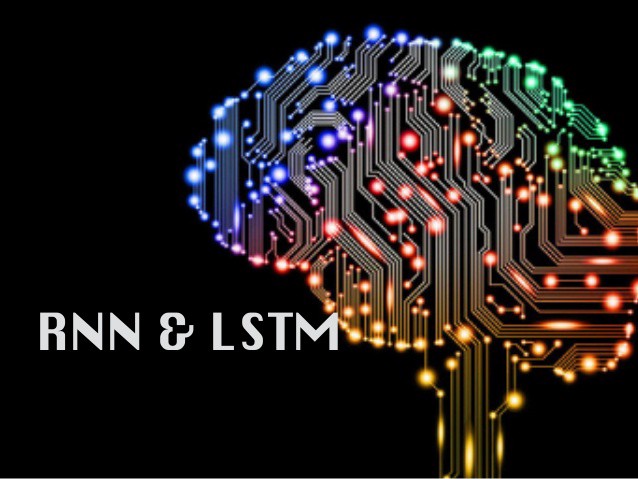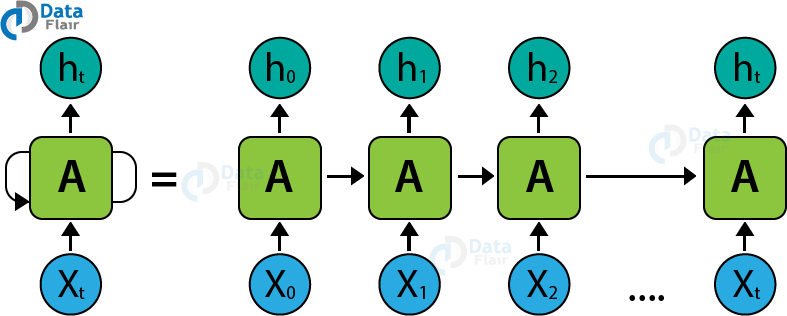
A recurrent neural network (RNC) is simply a complex neural model that learns to use incoming data to make predictions in a similar way to how a child learns to play an instrument. They are composed of both a controller and an initial generator which process the data from the previous trials and feed it into the model for learning. The models are then tested on the next trial data to see what the best responses are based on the previous data and the overall performance of the model.
These recurrent neural networks can be used to build very complex models that can predict outcomes from many different inputs. They have been used to predict weather patterns, stock prices, currency exchanges, and even medical diagnosis and treatment. If you've ever wanted to make a prediction yourself, it may be time to consider using a RNN as opposed to doing it manually.
The key benefit of using a RNN is that the algorithm does not require human intervention or knowledge in order to be implemented. The model itself will be able to take the training data and run through the neural networks algorithms with no human input required. Once it has learned the algorithms it will be able to perform itself without human supervision. This is especially helpful for those who want to build a complex model but do not have the time to spend to do so.
A problem that some people have with RNNs is that they do not always give the best answer for their predictions. There are some algorithms that tend to give the most accurate results for the most difficult questions and there are others that give inaccurate answers for simple questions. However, with repetition, over time and with more testing the algorithm will be able to better recognize patterns and better predict the future.

Another benefit of recurrent neural networks is that they can be used to make predictions about a wide range of real-world data
For example, if you were going to be driving across the country for a vacation, you may not want to look at your map on the computer screen during your trip. Instead, you can program an RNN to look at the speedometers of all the vehicles ahead of you so that you can get a more realistic idea of the speed you'll need to drive at. When you're getting ready to leave, you could then have the RNN read out the speed at the time you'll be leaving so you know exactly how much gas you'll need to fill before you leave.
Another benefit of using a RNN is that it can learn and remember information much more efficiently. than human beings would. This is because a RNN can basically do all the work without any human intervention. If the information becomes redundant and the model can't correctly figure out what is going on, the model will stop reading and return to what it was trained on instead.
Because of the nature of an RNN, it's much easier for them to adapt to changes than a human brain. This makes them much more versatile. Human brains can be thrown out the window when new information comes in. RNNs are able to adapt to many types of circumstances and quickly learn what information is relevant for what conditions by just reading through its past data to see what patterns it has learned.
Using recurrent neural networks to predict the future and make better predictions can be a huge benefit for companies and individuals who want to take control of their own lives. They can save a lot of time, effort and money by automating a variety of tasks and even predict what could happen in the future. With the right recurrent model, you can get a lot of work done in a very short period of time.